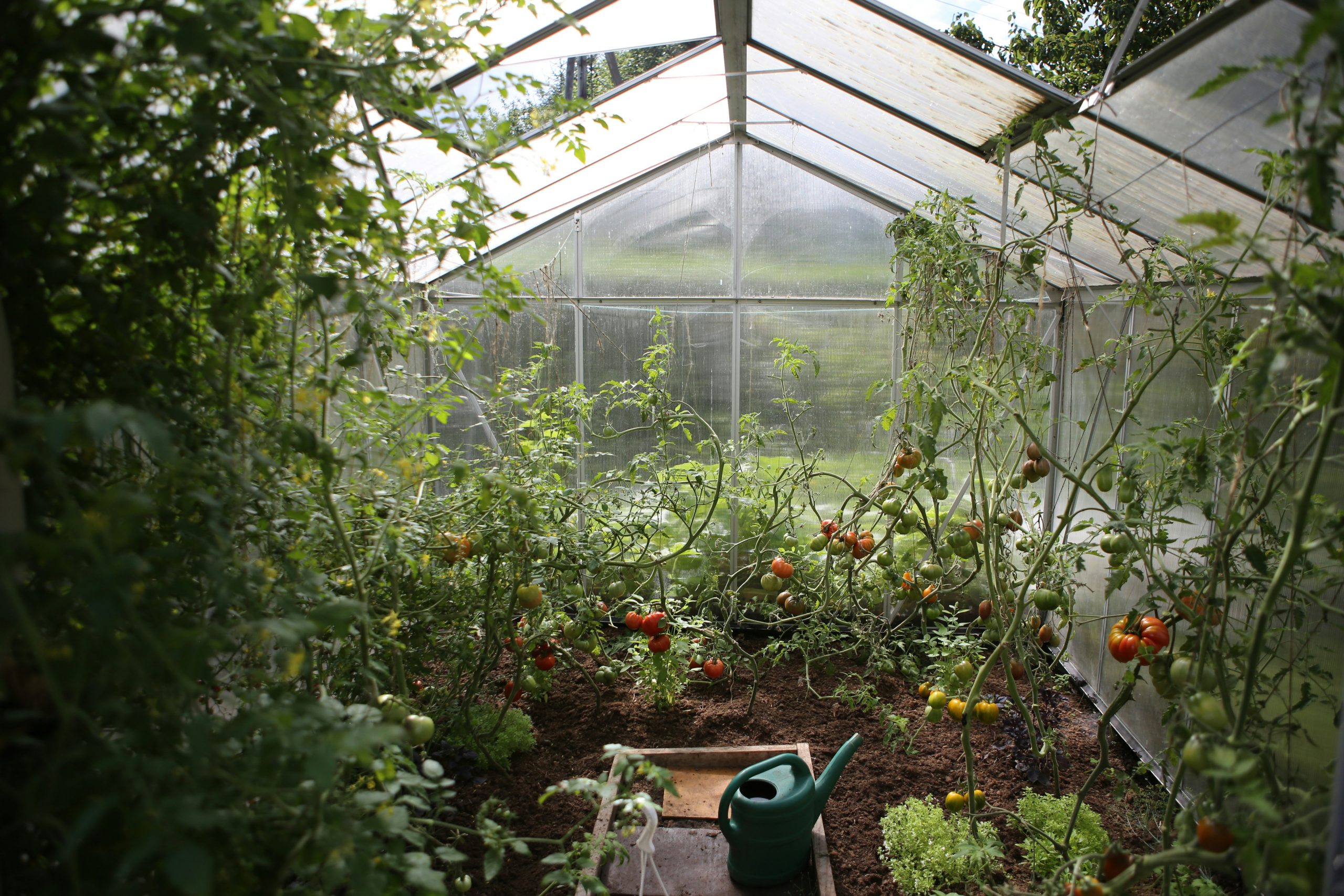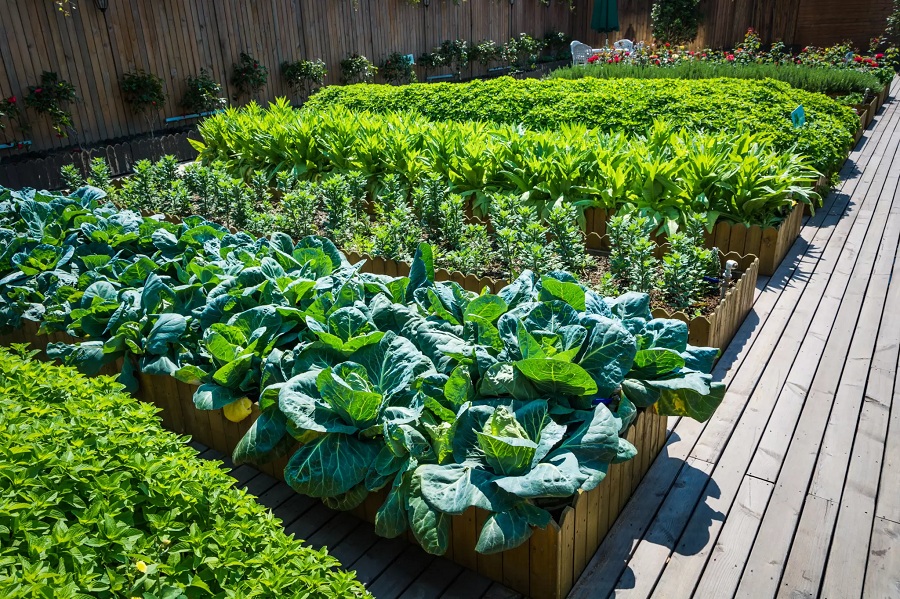In a world where sustainability and self-sufficiency are becoming increasingly important, home farming has emerged as a powerful solution. The concept of growing one’s own food has been around for centuries, but with advancements in technology and innovation, home farming has taken on a whole new dimension. From hydroponic systems to smart gardening apps, the intersection of agriculture and technology is transforming the way we cultivate our crops, making it more accessible, efficient, and eco-friendly than ever before.

remarq.store – These innovations not only address the challenges of space and resource constraints but also aim to enhance the quality and yield of crops, ensuring a more sustainable and resilient food system. Automated home farming systems, for instance, offer a glimpse into the future of agriculture, where technology plays a crucial role in optimizing crop growth and management.
By leveraging sensors and smartphone apps, growers can monitor and adjust various conditions such as water levels, light intensity, and nutrient levels, leading to healthier plants and more efficient use of resources. This strategy not only lessens the environmental footprint of agriculture but also empowers individuals and communities to attain food sovereignty, bridging the divide between food production and consumption. As the cost of these systems becomes more accessible, home farming could become a viable option for a wide range of households, contributing to a more sustainable and resilient food system.
1. Hydroponic and Aquaponic Systems
Hydroponic and aquaponic systems are revolutionizing home farming by allowing individuals to grow plants without soil. Hydroponics involves growing plants in a nutrient-rich water solution, while aquaponics combines hydroponics with aquaculture, creating a symbiotic system where fish waste provides nutrients for the plants, and the plants filter the water for the fish.
These systems are particularly advantageous for urban dwellers or those with limited space, as they can be set up vertically or in compact spaces, maximizing yield while minimizing the environmental footprint.
2. Smart Gardening Apps and Sensors
The rise of smart technology has also made its way into home farming. Smart gardening applications and sensors furnish instantaneous data on variables such as soil moisture, nutrient concentrations, temperature, and light exposure.
This empowers home gardeners to make educated choices and enhance their cultivation environments. Some apps even offer personalized recommendations based on the specific crops being grown and the local climate conditions.
3. Automated Irrigation and Climate Control Systems
Maintaining optimal growing conditions is crucial for a successful home farm, and automated irrigation and climate control systems take the guesswork out of the equation. These systems can be programmed to water plants at specific intervals, adjust temperature and humidity levels, and even provide supplemental lighting when needed. By automating these processes, home gardeners can ensure their crops receive the ideal care, even when they’re away from their gardens.
4. Vertical Farming and Indoor Growing Solutions
For those with limited outdoor space or living in urban areas, vertical farming and indoor growing solutions offer a viable alternative. Vertical farming systems utilize stacked layers or towers to maximize growing space, while indoor growing solutions leverage grow lights, climate control, and hydroponic systems to create controlled environments for year-round cultivation. These innovations make home farming accessible to virtually anyone, regardless of their living situation.
5. Sustainable and Eco-Friendly Practices
One of the most significant benefits of home farming is its potential to promote sustainability and eco-friendly practices. Many home gardeners are embracing organic methods, utilizing compost and natural pest control methods, and minimizing water waste through efficient irrigation systems. Additionally, the reduced transportation and packaging associated with home-grown produce significantly reduces the carbon footprint compared to commercially grown crops.
Closing
As technology continues to evolve, the possibilities for home farming will only expand further. From gene editing for improved crop varieties to robotics and artificial intelligence for automated harvesting and monitoring, the future of home farming promises to be even more innovative, efficient, and sustainable.
By embracing these technological advancements, individuals can become active participants in the food production process, contributing to a more resilient and environmentally-conscious food system.
The integration of digital farming and genome editing technologies, often referred to as “Agriculture 4.0,” is at the forefront of these advancements. These precision technologies are not only enhancing the efficiency and productivity of agriculture but are also playing a crucial role in addressing the challenges of food security and sustainability.
The use of artificial intelligence, automation, and connected sensors is further revolutionizing agriculture by optimizing water and other inputs, improving crop yields, and building sustainability across crop cultivation and animal husbandry. This shift towards more data-driven and automated farming practices is not only reducing the environmental impact of agriculture but also making it more accessible and viable for individuals and communities to engage in food production.



